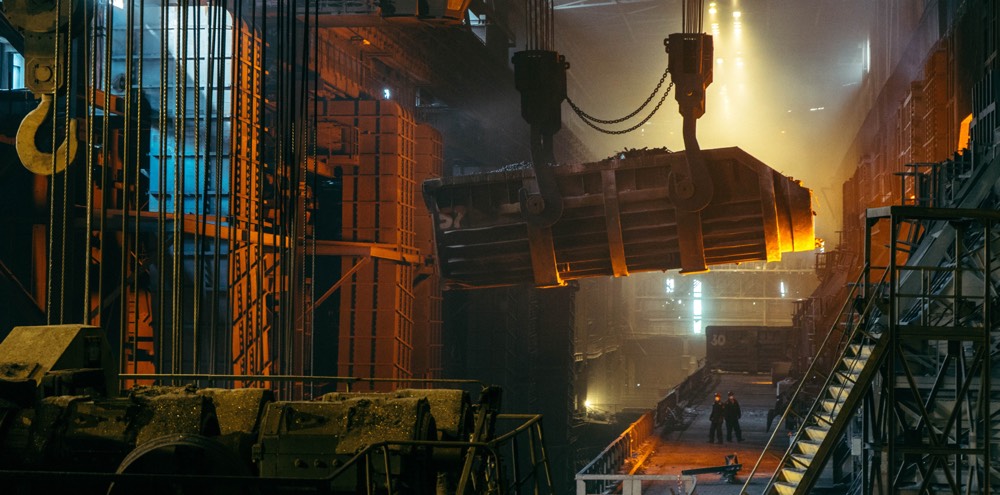
Sudden cardiac arrest doesn’t wait. It doesn’t care if it’s break time, shift change, or the middle of a job. It just strikes. Now imagine your team or equipment isn’t prepared...

In these high stress situations, the response window is razor thin, and the chances of survival drop by about 10% for every minute that CPR or defibrillation is delayed. When seconds matter, Automated External Defibrillators (AEDs) can make all the difference. But here’s the catch: Are AEDs actually required at your workplace? What are the rules? Who’s in charge of making sure they work when they’re needed most? This article breaks down what you need to know.
An AED is a portable device that checks a person’s heart rhythm and delivers an electric shock if needed. It’s designed for sudden cardiac arrest (SCA), a condition where the heart stops beating properly and the brain is cut off from oxygen. Without an AED, it’s often fatal.
OSHA doesn’t have a regulation that says all employers must have AEDs. But they do require employers to make medical services and first aid “readily available” when there’s no nearby clinic or hospital.
29 CFR 1910.151 (general industry) & 29 CFR 1926.50 (construction)
Both require adequate first aid but stop short of naming AEDs. Still, OSHA strongly encourages AED use in high-risk workplaces. In other words, not required, but recommended.
This is where it gets complicated. Many states have laws requiring AEDs in specific places like schools, gyms, and dental offices. Others offer Good Samaritan protections, shielding employers and employees from liability when using an AED in good faith. But no two states are the same. That’s why safety professionals need to check local laws, not just federal standards.
Even without a legal requirement, many companies adopt AED programs due to:
More clients are asking vendors and contractors about safety readiness. AEDs are becoming part of that conversation. However, knowing the rules is one thing, building a program that actually works is another. Once you’ve decided to implement AEDs, here’s what it takes to keep them reliable and compliant.
Having an AED isn’t enough, and a non-working AED is just a wall decoration. So, what does a solid AED program include?
Placement: Units must be visible, accessible, and close to high-traffic or high-risk areas.
Maintenance: Batteries and pads expire. Equipment needs regular checks.
Training: Workers should be trained in CPR and AED use, not just once but regularly.
Oversight: A licensed medical provider should review your program, incidents, and protocols.
Documentation: Log all inspections, training, and usage. If an emergency happens, records matter.
Some of the most frequent issues with AED programs are surprisingly simple:
Are these issues avoidable? Definitely, but only if someone is watching and effectively managing the program.
A big gap in many programs is clear ownership. When responsibility gets lost between departments, programs fall apart. AED program ownership varies by company but typically includes Safety Managers, HR/Facilities Teams, or On-site Medical Staff.
The good news? You don’t have to manage all of this alone. If you need support with setup, maintenance, or training, Thompson Safety is built to make it simple.
Managing an AED program takes more than just buying the device and mounting it on a wall. It requires planning, training, maintenance, and ongoing oversight. That’s where Thompson Safety comes in. We make it easy to stay ready by:
AEDs only work when everything behind the scenes is working too. If you're launching a new program or trying to fix one that’s fallen behind, we’re ready to help. Contact Thompson Safety today to get started.
DISCLAIMER: The content provided on this website is intended solely for informational purposes. While Thompson Safety strives to offer reliable and accurate information, we shall not be held liable for any errors or omissions in the featured content. The material presented does not constitute professional advice. Users relying on this information pertaining to our products or services are solely responsible for independently verifying the accuracy of the information from trustworthy sources, including the product manufacturer, business policy/procedures, NFPA, and their local Authority Having Jurisdiction (AHJ). Our service offerings may vary by market, and not all services are available in all markets.